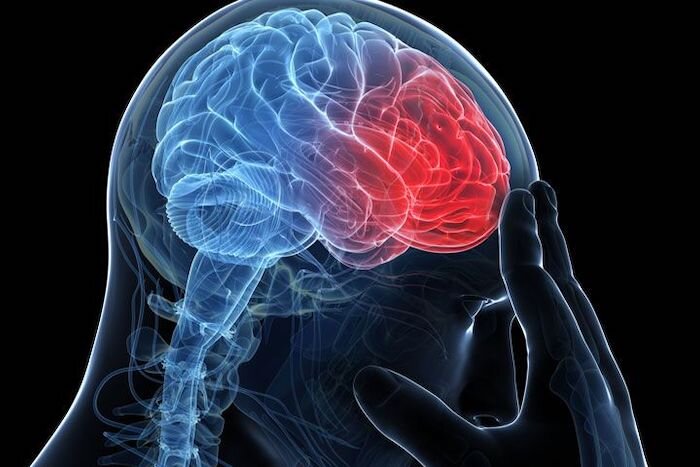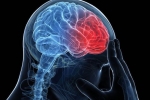
A Type of Chronic, Intense Headache That Happens regularly
Migraine headaches are a chronic neurological condition characterized by recurrent, severe headaches, and often associated with autonomic nervous system symptoms.
Migraine Headaches Facts & Information
The classic migraine headache generally affects one side of the head, lasts anywhere from a few hours to two or three days, and may be associated with other symptoms such as nausea, vomiting, light, sound, or smell sensitivity (see list of all symptoms below.)
If you are experiencing recurrent headaches associated with visual or hearing symptoms, you could be suffering from a migraine headache. Our expert pain management doctors use innovative procedures to accurately diagnose your pain and safe, non-surgical procedures to alleviate the excruciating pain caused by migraine headaches.
How & Why Migraine Headaches Develop
There is no clear cause for migraines. There may be a genetic predisposition to developing headaches in that they run in families, approximately 60% of the time. Numerous triggers can set off migraine pain including bright lights, certain food (e.g. drinks containing caffeine and/or alcohol), stress, hunger, fatigue, etc. Migraines are also more frequent during menstruation. Monosodium glutamate (i.e. MSG) is frequently associated with migraines.
Currently, it is believed that migraines are a neurovascular disorder starting in the brain and then impacting the vascular system. It is believed that serotonin, a neurotransmitter, is also a mediator involved in migraines.
Symptoms
- Classic migraines start with a prodromal phase and occur in approximately 60% of all migraines
- The prodromal phase includes depression, or euphoria, visual symptoms, stiff muscles, and sensitivity to odor or noise
- This typically occurs two hours up to two days before the aura phase
- The aura phase generally occurs over a few minutes, lasting up to an hour, and can cause visual or sensory experience
- The most common type of aura is a visual one when patients see fuzzy, bright spots in their field of vision.
- A sensory aura can occur with a sensation of pins and needles sensation in a hand or arm
- The aura phase is followed by pain which is often unilateral, moderate to severe, and usually throbbing
- It comes on gradually and becomes worsened by activity
- In some patients, the pain is bilateral. Patients frequently have difficulty with sensitivity to light, sound, or smell which aggravate the pain. Nausea is a frequent symptom as well
Diagnosis
Proper diagnosis starts with an experienced physician. The type of pain you may have with a migraine can be similar to several types of disorders. Accurately determining the correct source of your pain is critical to successful treatment.
- Begins with a thorough clinical evaluation
- Including a complete medical history, analysis of your symptoms, and physical examination
- Testing may include x-rays, MRI and/or CT scans, and electro-diagnosis (EMG)
- These advanced diagnostic techniques can help pinpoint the source of the pain
Precision Pain Care and Rehabilitation has two convenient locations in Richmond Hill – Queens and New Hyde Park – Long Island. Call the Richmond Hill office at (718) 215-1888, or (516) 419-4480 for the Long Island office, to arrange an appointment with our Interventional Pain Management Specialist, Dr. Jeffrey Chacko.













